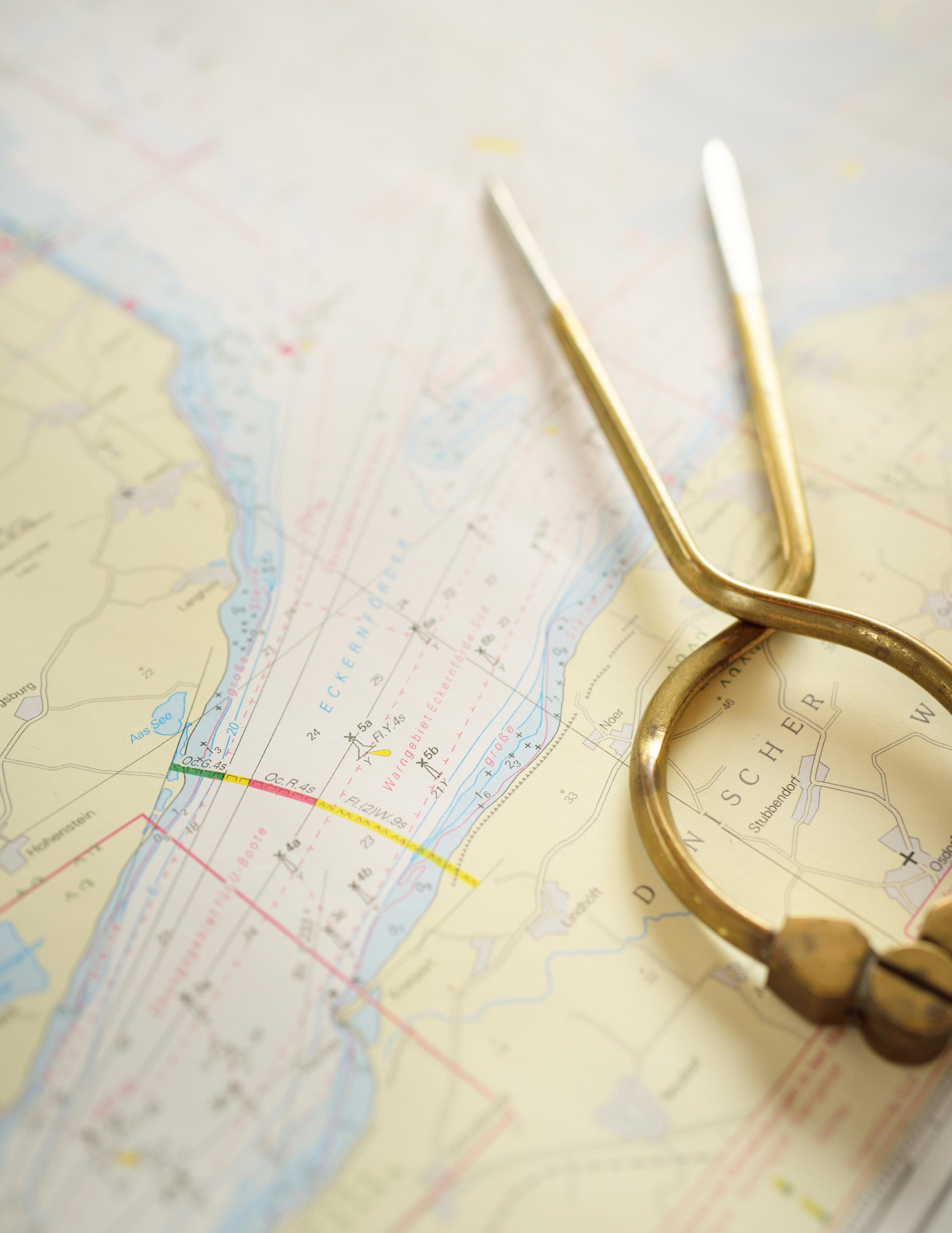
2 minute read
From Whalers and Pirates, to Artists and Authors
A BEACON OF ADVENTURE & HOSPITALITY
Advertisement
The name “Nantucket” was first coined from the ancient Algonquin name for the island, roughly translated as “faraway land or island”. Nantucket became an important whaling port, and its wealth was renowned. The Nantucket Whaling Museum (13 Broad St., 508-2281894) houses exhibits that show the history of whaling and the bounty it enabled seafarers to bring back home. The museum displays the interior of an actual Candle House, where whale blubber was transformed into candles. Other remnants of whaling life displayed at the museum are the scrimshaw that sailors would carve to pass the time during the months at sea as well as “Sailor’s Valentines” (colorful boxes decorated with hearts made of seashells that crew members purchased from Caribbean ports for their sweethearts). Whaling was a major industry from around 1750 to about 1850, when due to overfishing it began to wane. Whalers proved to be some of the most successful seafarers in the Cape’s history. Whalers traveled around the world in search of better areas to hunt their prey. When they returned they brought back exotic souvenirs home with them. The sea captains’ homes on Cape Cod and the Islands became virtual museums containing rare treasures and artifacts from across the globe.
THE GRAVEYARD OF THE ATLANTIC
Before the Cape cod Canal was built in the 1930s, the shipping route around the Cape carried the reputation as “the graveyard of the Atlantic”, for all the shipwrecks that took place among the treacherous shoals off the shoreline. Lighthouses were built. The first one was the Highland Light, also called the Cape Light, in 1797 at Truro, to help captains navigate the coastline that often became ensconced in a dense fog.
DRUNKEN PIRATES
One of the most famous ships that feel prey to the ocean was the Whydah, a pirate ship that went down near Wellfleet in 1717. The ship was captained by the notorious pirate Samuel “Black Jack” Bellamy. Black Jack and his crew had captured a couple other vessels in Nantucket Sound. Then the small fleet, manned by what was said to be crews of drunken pirates, was caught in a gale. The two other ships wrecked first, then the Whydah, with Bellamy still aboard, wrecked a couple miles south of Wellfleet’s Cahoon’s Hollow Beach. Bellamy and 140 of his men drowned. Two men, both of whom had been captured from other ships, made it to shore alive. They alerted the locals who set about hauling in whatever they could find that washed ashore. The one thing the salvagers never did find was the chest of pirate’s gold.
FOUND TREASURE
It took over 260 years for the lost treasure to be recovered. In 1984, local adventurer Barry Clifford began to excavate the site. His findings, including thousands of gold and silver coins can be viewed at the Expedition Whydah Sea Lab and Learning Center, in Provincetown.
MODERN DAY ARTSITS AND WRITERS
Nowadays, the “Gray Lady of the Sea” is home to a myriad of artists, authors, beachcombers, and seafarers. From Lightship Basket weavers and whale whispering woodcarvers, to conservationists and awe-inspiring jewelers, as well as prominent authors such as Nathaniel Philbrick and Elin Hilderbrand, Nantucket is now a beacon of maritime history intertwined with an awesome, vibrant culture of incredible hospitality and adventure.









